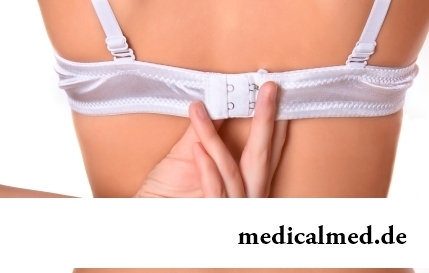





Naloxonum
Application instruction:
 Naloxonum – the competitive antagonist of opioid receptors.
Naloxonum – the competitive antagonist of opioid receptors.
Form of release and structure
Dosage form – solution for injections: colourless transparent liquid (on 1 ml: in glass ampoules without color, on 5 pieces in pallets from polyvinylchloride, in a cardboard pack 2 pallets; in ampoules, on 5 pieces in plastic holders, in a cardboard pack 2 holders or on 10 pieces in a cardboard pack).
Active ingredient of Naloxonum – Naloxonum a hydrochloride (in the form of dihydrate hydrochloride Naloxonum), in 1 ml – 0,4 mg.
Auxiliary components: Acidum hydrochloricum (to pH 3-5), sodium chloride, water for injections.
Indications to use
- Acute poisoning, including against the background of overdose by opioid analgetics (fentanyl, trimeperidine, morphine) and other means which toxic effect is caused by existence of an opioid component (methadone, opioid substitutes, pentazocine, буторфанол, buprenorphine, налбуфин) as a part of complex resuscitation actions;
- Postoperative use (only in case of use during operation of narcotic analgetics) – for acceleration of an exit from the general anesthesia, before completion of the managed breath;
- Recovery of breath at newborns, in case of introduction of mother of opioid analgetics at childbirth;
- Diagnostic means on opioid dependence (naloksonovy test).
Contraindications
Naloxonum is contraindicated at hypersensitivity to medicine components.
With care it is necessary to use drug at patients with an abnormal liver function and/or kidneys, at children's age and at newborns.
Appointment during pregnancy and breastfeeding is possible only at urgent need.
Route of administration and dosage
Naloxonum is intended for intravenous (in/in), intramuscular (in oil) and hypodermic (п / to) introductions.
Rate of administering is selected individually, considering reaction of the patient to drug and the previous single doses.
For infusional use it is necessary to dilute Naloxonum solution in 5% solution of a dextrose or 0,9% chloride sodium solution, observing a proportion – 1 ampoule of drug on 100 ml of the infusional environment. Prepare solution before direct use.
The dose and route of administration are appointed by the doctor, considering a condition of the patient, a look and amount of the opioid accepted by it.
The recommended dosing at acute poisoning (overdose) with opioid analgetics:
- Adults: an initial single dose – 0,4-2 mg. At life-threatening states the drug should be administered in/in slowly, within 2-3 minutes. For achievement of clinical effect repeated introduction is shown in 2-3 minutes, the procedure is repeated up to recovery of uniform breath and consciousness. If recovery of consciousness and breath did not occur after a total dose of introduction of 10 mg, it is necessary to consider not opioid reason of poisoning. It is possible to apply in oil or п / to;
- Children: an initial single dose – from calculation for 0,01 mg on 1 kg of weight of the child, it is preferable in/in introduction within 2-3 minutes. If necessary repeated introduction of a dose of 0,1 mg on 1 kg of weight in 2-3 minutes is shown. In case of impossibility in/in introductions, the drug administer fractional doses in oil or п / to with an interval of 2-3 minutes, in this case the effect is shown more slowly. For receiving more long action about 0,2 mg or on 0,06 mg on 1 kg of weight of the child are recommended single in oil or п / to introduction in a dose.
Postoperative use of Naloxonum:
- Adults: in/in on 0,1-0,2 mg at an interval of 2-3 minutes before emergence of normal lung ventilation and awakening of the patient, but in the absence of clear sensations of discomfort and pain. Increase in the arterial pressure (AP), the termination of an analgesia, sweating, nausea, vomiting, distsirkulyatorny crisis can become symptoms of exceeding of minimum necessary dose. Sometimes, especially in cases of use of opioid analgetics with long action, within 1-2 hours additional introduction of Naloxonum in oil is necessary. The drug can also be administered with the help in infusion;
- Children: in/in on 0,01 mg on 1 kg of weight, in the absence of desirable effect it is possible to enter in addition a dose of the corresponding 0,1 mg on 1 kg of weight of the child. In the absence of an opportunity in/in introductions, it is shown fractional in oil or п / to introduction every 2-3 minute. The single dose should not exceed 0,2 mg of drug. Besides, infusional introduction is shown.
In case of use of opioid analgetics at childbirth for recovery of breath at newborns it is shown in/in, in oil or п / to introduction of Naloxonum. Before introduction it is necessary to be convinced of passability of respiratory tracts of the baby. The recommended dose makes 0,01 mg on 1 kg of body weight, repetition of a dose in 2-3 minutes is possible. For prevention the newborn can once in oil enter 0,2 mg or on 0,06 mg on 1 kg of weight.
In quality diagnostic aids on narcotic (opioid) dependence use drug in the way to introductions of a dose of 0,0005 mg on 1 kg of weight of the checked patient. This dose allows to establish is caused or not difficulty of an urination and respiratory depression by opioids. After that it is possible to raise a dose a little, but not to high doses as high doses completely remove effect of opioid, including analgesic effect, cause excitement of the blood circulatory system and sympathetic system.
Side effects
Use of Naloxonum during the postoperative period can cause the following side effects: suffocation, increase or decrease in the ABP, ventricular tachycardia and fibrillation of ventricles, a fluid lungs, a cardiac standstill (the specified effects in rare instances are capable to entail a coma and encephalopathy, up to a lethal outcome). Use of the doses exceeding recommended can cause psychomotor excitement and disappearance of an analgesia.
Sudden drug withdrawal can lead to emergence of perspiration, nausea, vomiting, a fluid lungs, increase in the ABP, tachycardia, ventricular tachycardia, fibrillation of ventricles, to cause a shiver and spasms of a body, a stop of cordial activity, including with a lethal outcome.
Withdrawal symptoms at opioid dependence: weakness, nausea, vomiting, fever, perspiration, spasms in epigastric area, diarrhea, increase in the ABP, tachycardia, rhinitis, sneezing, a piloerektion, nervousness, irritability, yawning, concern, a shiver, pains of unspecified localization; newborns have an impetuous crying, spasms, a hyperreflexia.
Special instructions
Naloxonum is applied in the stationary conditions provided with a possibility of holding resuscitation actions (including cardiopulmonary) and oxygen therapy.
With care it is necessary to carry out treatment of newborns, at the instruction in the anamnesis of mother on dependence on opioids as full sudden cancellation of effect of drug can exponentiate development of an acute withdrawal.
The patient with pathology of lungs, hearts, a renal failure and/or the liver suspected or established by physical dependence on opioids during feeding pregnancy with a breast, at children's age it is recommended to use drug under careful observation of the doctor.
As the response to use of Naloxonum at therapy of respiratory depression against the background of reception of buprenorphine can be incomplete and there is a risk of decrease in respiratory activity, artificial ventilation of the lungs can be necessary for the patient.
During use of Naloxonum any activity connected with control of vehicles and mechanisms is prohibited the patient.
Medicinal interaction
At in introduction Naloxonum cannot be mixed with other means, also drug is incompatible with the solutions containing bisulphites.
Drug reduces hypotensive effect of a clonidine, action of opioid analgetics (налбуфин, буторфанол, pentazocine, remifentanit, fentanyl) that promotes acceleration of emergence of a withdrawal.
Simultaneous use of a metogeksital blocks the acute period of the abstinence which arose against the background of use of Naloxonum for patients with drug addiction.
Let's combine with dextrose solution 5%, solution of sodium of chloride of 0,9% and sterile water for injections.
Terms and storage conditions
To protect from children.
To store in the place protected from light at a temperature up to 25 °C.
Period of validity – 4 years.
If to smile all twice a day – it is possible to lower blood pressure and to reduce risk of developing of heart attacks and strokes.
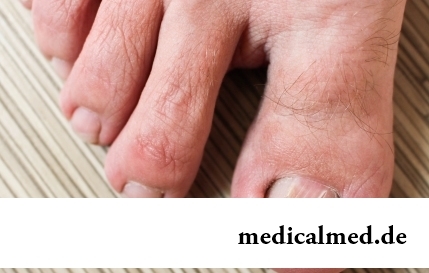
The word "onikhokriptoz" is unfamiliar to most of people, meanwhile quite so physicians call very widespread problem: growing...
Section: Articles about health
For most of the working people the problem of having a snack is particularly acute enough. Sooner or later there is a question: what can be eaten quickly between a breakfast and a lunch or a lunch and leaving from service so that to receive necessary power feed, but not an overload...
Section: Articles about health
Color of plants is caused by presence at them of certain chemical compounds. Let's talk about what is meant by various colors of vegetables and fruit and what properties they give them....
Section: Articles about health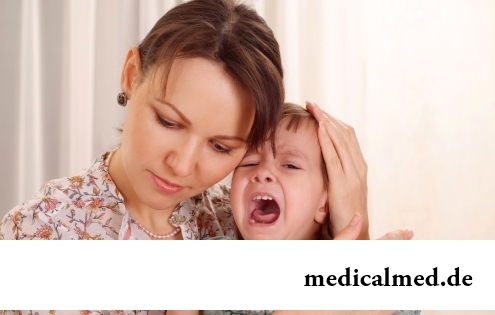
Many parents of children at the age of 2-4 years face excessively whimsical behavior of the child. The kid exhausts constant crying...
Section: Slideshow
Smoking not only exerts a negative impact on the state of health of the consumer of tobacco products, but is an air polluter the substances potentially dangerous to people around. In recent years significantly the number of people, стремящ increased...
Section: Articles about health
A lot of things depend on a condition of a backbone in a human body, a backbone - not only a support for a body, it also a receptacle for a spinal cord, that is why malfunctions with a backbone are so dangerous. To treat rachis diseases very difficult and long, it is much simpler and more correct not to bring to a disease. Conforming to the rules provided in this article it is possible to avoid the majority of the problems connected with a backbone including those which are considered to be age, but a cat...
Section: Articles about health
Cellulitis - very widespread cosmetic shortcoming which arises approximately at 80% of women sooner or later. Emergence ег...
Section: Articles about health
The pancreas performs two functions in a human body: release of enzymes without which digestion of carbohydrates, fats and proteins, and a producing hormones is impossible. The most important of them - insulin, is the main participant of carbohydrate metabolism, a normal...
Section: Articles about health
Condition of lips (their morbidity, outward) – one of indicators of health of the person. The peeling, dryness, pallor, and also cracks in corners of a mouth can be not only the cosmetic shortcoming which arose owing to physical damages and weather conditions but also the satellite of some diseases and disturbances in an organism needing treatment. Let's consider 10 possible reasons of emergence of angular cracks (perleches) in corners of a mouth and ways of their elimination....
Section: Articles about health
Impossibility to conceive the child – a trouble of many Russian families. During quite long time was considered that the main "culprits...
Section: Articles about health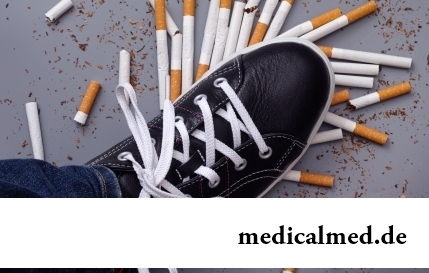
Deciding to get rid of an addiction, not all imagine what effects it is necessary to face. Process of refusal of smoking causes quite essential discomfort in most of people: differences of mood, sleep disorder, fatigue, decrease физич...
Section: Articles about health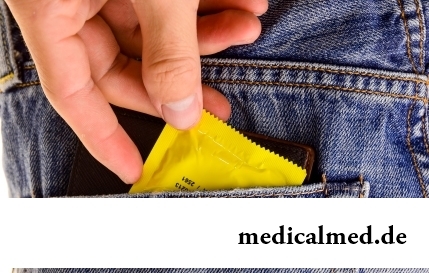
Today about 30 diseases, sexually transmitted are known. Wide circulation of these illnesses is extremely promoted by the dual attitude towards them: on the one hand, most of people know about "shameful" diseases very little and do not aim at receiving detailed and reliable information, considering that such problems personally will never concern them. With another – there are delusions about STD which instill unreasonable confidence that troubles such...
Section: Articles about health
The number of long-livers is very small. One person from 5 thousand lives up to age of 90 years, and the centenary boundary steps only about...
Section: Articles about health
Turnip, radish, horse-radish – once these and other products enjoyed wide popularity at our ancestors, being not only the food sating an organism but also the medicines curing of many diseases. Unfortunately, having given the use of some of them...
Section: Articles about health
Household skills which to us so diligently imparted in the childhood it appears, not always bring only benefit. According to results of the last researches, some habits which for a long time were considered useful and even necessary can become the reason of serious indispositions. Here only seven the most widespread of them....
Section: Articles about health
Phobia – the persuasive fear of a certain contents shown in a specific situation against the will of the person. Concepts of a phobia and fear...
Section: Articles about health
Not without reason doctors say that 90% of diseases begin or develop because of misoperation of intestines. Disturbance of its functions is connected with various factors among which the important place belongs to excessive "clutter" of an intestinal path. In an organism скаплив...
Section: Articles about health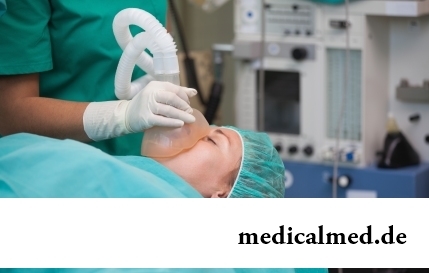
History of use of an anesthesia during operations contains more than 160 years. Annually in the world hundreds of thousands of surgical interventions during which to patients the substances immersing them in a dream and saving from pain are entered are carried out. Using an anesthesia many myths and delusions are still connected. It is worth getting acquainted with the most widespread of them....
Section: Articles about health
At this plant there are a lot of names: tuberiferous sunflower, Jerusalem artichoke, solar root, earth pear. Contrary to spread...
Section: Articles about health
The main role in development of a peptic ulcer of a stomach and duodenum the bacterium Helikobakter plays pilor. Activity and the strengthened reproduction of this microorganism lead to weakening of protection of mucous membranes and their erosive damage. Manifestations not...
Section: Articles about health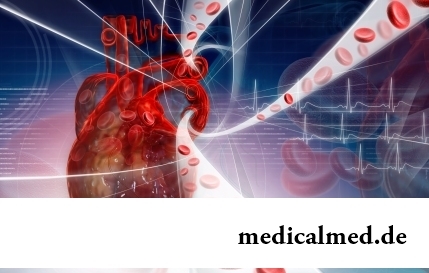
The state of health of the person in many respects depends on chemical composition of biological liquids of an organism. Specialists consider that PH value of these solutions has to be in range of 7,35-7, 45. The deviation in the smaller party (so-called "acidulation") is fraught with development of many heavy illnesses, failures in work of immune system, decrease in working capacity and deterioration of life. To avoid serious fluctuations of acidity of internal liquids it is necessary to adhere разумног...
Section: Articles about health
Shops of household appliances offer us the huge choice of various devices for the house. Whether there are among this abundance devices which...
Section: Articles about health
Tea is loved and use almost everything. This drink has tonic properties, contains the tannins capable to suppress activity of causative organisms. Recently great popularity was gained by teas with vegetable additives. Лечеб...
Section: Articles about health
On health of the person physicians know about salutary action of animals long ago. About 7 thousand years ago great Hippocrates recommended to the patients riding walks for strengthening of a nervous system and increase in vitality....
Section: Articles about health
Small appetite at the child – the complaint which pediatricians should hear practically from each mother. Most often it is carried to разр...
Section: Articles about health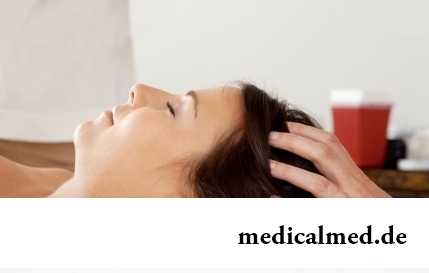
On the head of the person about one million hair follicles, or as they are called still, hair bulbs are located. At the time of the birth most of them is in the "sleeping" state, but within several weeks follicles become more active, and from them begin р...
Section: Articles about health
Life activity of one-celled fungi of the sort Candida, related to yeast is a proximate cause of development of candidiasis (milkwoman). Normal these microorganisms are a part of the microflora living in an oral cavity and intestines of most of people and also in a female genital tract. The pathological phenomena are observed when fungi begin to breed too violently. At the same time there is an inflammatory process affecting mucous membranes and which is shown very nepr...
Section: Articles about health
